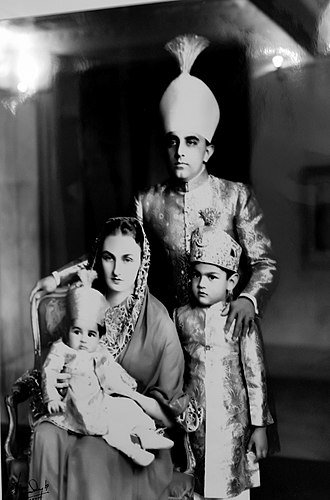A brief History of Hyderabad
It& #39;s origin, It& #39;s people & It& #39;s attempt to become a Caliphate.
[Thread]
It& #39;s origin, It& #39;s people & It& #39;s attempt to become a Caliphate.
[Thread]
In 1589, Muhammad Quli Qutb Shah (Sultan of Golkonda: Qutb Shahi dynasty) built the city of Hyderabad.
There& #39;s multiple theories how the city got named.
• Named after Ali (ra)
• Named after his wife, Hyder Mahal.
There& #39;s multiple theories how the city got named.
• Named after Ali (ra)
• Named after his wife, Hyder Mahal.
Qutb Shah, would go on to build the Charminar in 1591, and start the construction of Mecca Masjid, but it would not be completed until 100 years later by the Mughal Empire.
Under the Qutb Shahis, Hyderabad became the capital of the Golkonda Sultanate. It was known to be the center of the Diamond trade.
Eventually the Mughals (Aurangzeb) in 1687 would conquer the city. Mubariz Khan was named the governor of the Deccan province in the Mughal Empire.
Eventually the Mughals (Aurangzeb) in 1687 would conquer the city. Mubariz Khan was named the governor of the Deccan province in the Mughal Empire.
Mir Qamarudin Khan was a Indo-Turkic man who& #39;s grandfather Kilich Khan came from Bukhara to India. His lineage traces back to Abu Bakr (ra)
Kilich Khan served the Mughal Empire as a commander in the army, and as the Governor of Zafarabad. Mir would also grow up to do the same.
Kilich Khan served the Mughal Empire as a commander in the army, and as the Governor of Zafarabad. Mir would also grow up to do the same.
Mir was one of the commanders working under Aurangzeb during the siege of Hyderabad.
Mir was favored by Aurangzeb due to his numerous Victories during the Mughal conquest of South India.
After Aurangzeb& #39;s death, Mir became the vizier (Nizam ul Mulk) in the Mughal Court.
Mir was favored by Aurangzeb due to his numerous Victories during the Mughal conquest of South India.
After Aurangzeb& #39;s death, Mir became the vizier (Nizam ul Mulk) in the Mughal Court.
Tired of the corruption in the Mughal courts, Mir returned to the Deccan and defeated Mubariz Khan for control over the province. The Mughal emperor awarded Mir with the title Asaf Jah.
Although Asaf Jah I (Mir) ruled independently, he remained loyal to the Mughals.
Although Asaf Jah I (Mir) ruled independently, he remained loyal to the Mughals.
Asaf Jah I (Mir), ruled most of South India; Eventually losing much of it to the rising Maratha Empire. Because after his death (1748), there was political unrest backed by foreign powers (French/British)
Here& #39;s the aftermath.
Here& #39;s the aftermath.
Asaf Jah II (Mir& #39;s Grandson) who took power in 1762 & bringing stability to the region. But eventually became forced to sign an agreement to put Hyderabad under British Protection.
In total there was 7 Nizams who would rule the Hyderabad state.
In total there was 7 Nizams who would rule the Hyderabad state.
The most well-known Nizam was Asaf Jah VII (Osman Ali Khan), the last ruler of Hyderabad. During his era, he was the richest man in the world.
There are numerous counts of his generosity and tolerance. He knew Arabic, Farsi, Urdu, & English.
There are numerous counts of his generosity and tolerance. He knew Arabic, Farsi, Urdu, & English.
Overall the Nizams allowed minorities to practice their faith without any issues.
Osman even donated his personal wealth to upkeep Hindu Temples.
Shia Muslims were allowed to celebrate Muharram since the time of Qutb Shah (pic 1880s)
The Hyderabadi Rupee had four languages.
Osman even donated his personal wealth to upkeep Hindu Temples.
Shia Muslims were allowed to celebrate Muharram since the time of Qutb Shah (pic 1880s)
The Hyderabadi Rupee had four languages.
This is the Flag of Hyderabad State
- The top reads Al Azmatulillah (All greatness is for God)
- The middle reads Nizam-ul-Mulk Asif Jah"(Order of the Realm Asif Jah Dynasty)
- The bottom reads Ya Osman (The 7th Nizam Osman Ali Khan)
- The top reads Al Azmatulillah (All greatness is for God)
- The middle reads Nizam-ul-Mulk Asif Jah"(Order of the Realm Asif Jah Dynasty)
- The bottom reads Ya Osman (The 7th Nizam Osman Ali Khan)
The Nizams were known for welcoming immigrants into the state such as Yemenis, Pashtuns, Iranians, & Turkic tribes. Thus it established the multicultural aspect of Hyderabad.The culture of the migrants who assimilated into Hyderabad; their culture was adopted by the local people
The Hyderabadi Army during Osman& #39;s time:
There were three factions, (17,000 total)
- Irregular (Mercenaries): Yemenis, Pashtuns, Sikhs, Brahmins, Balochis
- Regular Forces - Deccani Muslims/Hindus
- Imperial Cavalry (Royal Guards): Siddis/Bantu African Slaves
There were three factions, (17,000 total)
- Irregular (Mercenaries): Yemenis, Pashtuns, Sikhs, Brahmins, Balochis
- Regular Forces - Deccani Muslims/Hindus
- Imperial Cavalry (Royal Guards): Siddis/Bantu African Slaves
In Hyderabad, the system of Pardah was instilled. It was the gender segregation according to the concept of Hijab. Although eventually the Pardah law would be removed; Hyderabadi women would still continue wearing the face veil even to this day.
How did Hyderabad look during Osman Ali Khan& #39;s reign?
The Hadhrami Mercenaries were given land by the Nizam to live on (now called barkas). Over time Yemeni culture fused with Hyderabad and it& #39;s people; creating a variation of bara3 called Marfa. as well as keeping traditional Yemeni cuisine like Maraq, Harees, Mandi, etc.
Iranians came to Hyderabad for job opportunities since the state of Hyderabad became a place for business and intellectuals. Most of the Iranians are from Yazd. They started businesses. Those who became assimilated into Hyderabad stayed after India& #39;s integration while others left
It is a similar story with Pashtuns, (& siddis to some extent) since they were a integral part of the Mughal empire and the Hyderabad state with Asaf Jah. Those that didn& #39;t assimilate into Hyderabad eventually left to join Pakistan or Afghanistan.
What did people wear?
It& #39;s difficult to know what Muslim Women wore, since there& #39;s no photos of them were taken. But historical accounts say the Turkish veil was used.
Khara Duputta- was the traditional wedding dress for women, designed by Turkish & Persian craftsman.
It& #39;s difficult to know what Muslim Women wore, since there& #39;s no photos of them were taken. But historical accounts say the Turkish veil was used.
Khara Duputta- was the traditional wedding dress for women, designed by Turkish & Persian craftsman.
Hyderabadi Men wore Kurtas with a keyhold neck design, usually long enough to be above the knees(a design no longer used). They would also wear the Fez and sherwanis/achkan.
1. Students of Osmania University
2. Difference b/w Achkan/Sherwani
1. Students of Osmania University
2. Difference b/w Achkan/Sherwani
What did the People eat?
Besides the traditional South Asian cuisine. Hyderabad is the origin of many famous dishes due to the influences of migrants
1. Pathar ka Gosht (Meat cooked on stone)
2. Haleem (Inspired by Yemeni Harees)
3. Nihari
4. Double ka Meetha (Bread dessert)
Besides the traditional South Asian cuisine. Hyderabad is the origin of many famous dishes due to the influences of migrants
1. Pathar ka Gosht (Meat cooked on stone)
2. Haleem (Inspired by Yemeni Harees)
3. Nihari
4. Double ka Meetha (Bread dessert)
5. Lukhmi (Hyderabadi version of a samosa but non-veg) 6. Qubani ka Meetha (Dessert made from Apricot seeds) 7. Irani Chai (due to Iranian Migrants)
8. Osmania Biscuits (to drink with chai named after the nizam)
8. Osmania Biscuits (to drink with chai named after the nizam)
9. Rumali Roti (thin as a handkerchief)
10. Hyderabadi naan (made in a tandoor oven, no air pocket, soft inside, crispy outside)
11. Kaddu ki Kheer (pudding made from squash)
12. Gil-e-Firdaus (Clay of Paradise) a variant of Kheer that is thick & uses bottle gourd instead
10. Hyderabadi naan (made in a tandoor oven, no air pocket, soft inside, crispy outside)
11. Kaddu ki Kheer (pudding made from squash)
12. Gil-e-Firdaus (Clay of Paradise) a variant of Kheer that is thick & uses bottle gourd instead
13. Talawa Gosht (Fried goat meat)
14. Sheer Khurma (Inspired by Pashtun migrants, invented in Hyderabad, called Shemai in Bangla)
15. Aab Shola (Mango sherbet)
16. Jouzi Halwa (Nizam& #39;s favorite halwa)
14. Sheer Khurma (Inspired by Pashtun migrants, invented in Hyderabad, called Shemai in Bangla)
15. Aab Shola (Mango sherbet)
16. Jouzi Halwa (Nizam& #39;s favorite halwa)
Stuff we didn& #39;t invent But is found in Hyderabad.
1. Marag (can& #39;t have a wedding without one)
2. Mandi
3. Harees (sweet, unlike haleem [spicy])
4. Tahari (basically mutton pulao, but rice and meat is cooked together)
& many more...
1. Marag (can& #39;t have a wedding without one)
2. Mandi
3. Harees (sweet, unlike haleem [spicy])
4. Tahari (basically mutton pulao, but rice and meat is cooked together)
& many more...
The most famous Hyderabadi Biryani,(Merchants from Africa wrote about it)
It is the height of Mughal cuisine. The mutton is marinated overnight & soaked in kurd then sandwiched between half cooked basmati rice. Then cooked via dum after sealing the pot with dough.
It is the height of Mughal cuisine. The mutton is marinated overnight & soaked in kurd then sandwiched between half cooked basmati rice. Then cooked via dum after sealing the pot with dough.
What was Hyderabad& #39;s Relationship with the Ottoman empire?
The Muslim monarchs in South Asia believed that their rule was legitimized if endorsed by the Ottoman Caliph. The Nizams of Hyderabad were no different. Even the common Muslims felt loyalty to the Caliph.
The Muslim monarchs in South Asia believed that their rule was legitimized if endorsed by the Ottoman Caliph. The Nizams of Hyderabad were no different. Even the common Muslims felt loyalty to the Caliph.
There was numerous of gathering for recruiting volunteers, & funds for supporting the Ottomans in the Russo-Turkish wars and Serbo-Turkish wars.
In 1924, When the Ottoman Sultan was exiled from Turkey, Osman Ali Khan sent him £500 every year for financial assistance ~£30k today
In 1924, When the Ottoman Sultan was exiled from Turkey, Osman Ali Khan sent him £500 every year for financial assistance ~£30k today
When the Caliph was exiled, Muslim monarchs (King Faud of Egypt, King Faisal of Iraq and the Shah of Persia.) rushed to marry his last daughter Durrushehvar.
The marriage to his daughter would command the allegiance of millions of Muslims and acquire geopolitical implications
The marriage to his daughter would command the allegiance of millions of Muslims and acquire geopolitical implications
However, The Caliph chose to marry his daughter to the Nizam& #39;s eldest son. Due to the their close relationship.
Their Nikah was conducted by members of the Khalifaat Movement. (something Mahatma Gandhi supported)
They would have two sons.
Their Nikah was conducted by members of the Khalifaat Movement. (something Mahatma Gandhi supported)
They would have two sons.
It was a political marriage to grasp the legitimacy over other Muslim Monarchs. Abdulmejid II even allowed the Nizam Osman Ali Khan to inherit the Title of Caliph.
Therefore the Nizam gave his eldest grandson the succession of Hyderabad (skipping his father).
Therefore the Nizam gave his eldest grandson the succession of Hyderabad (skipping his father).
However Hyderabad still remained underneath the British empire. & this political marriage gave rise to anxieties among the British and the Turkish governments.
The two most powerful families Osmania and Asafia joined.
(& The Nizam& #39;s 2nd son married the cousin of Durrushehvar)
The two most powerful families Osmania and Asafia joined.
(& The Nizam& #39;s 2nd son married the cousin of Durrushehvar)
However during the Partition (1947), India declared independence, Osman Ali Khan also declared his independence, refusing to join Pakistan or India.
Nehru was afraid of Hyderabad becoming an ally of Pakistan so he offered Osman to be an autonomous state of India.
He refused.
Nehru was afraid of Hyderabad becoming an ally of Pakistan so he offered Osman to be an autonomous state of India.
He refused.
The Nizam and his ministers made plans to purchase Goa from the Portuguese, so Hyderabad doesn& #39;t stay landlocked in India.
He also went to the UN and British for help to remain Independent. But both the UN and British did little to help the Nizam.
He also went to the UN and British for help to remain Independent. But both the UN and British did little to help the Nizam.
But with the rise of Muslim-Hindu tensions, (due to the Razakars) and a communist peasant rebellion occurring within the State (towards the feudal lords)
India took this opportunity to invade Hyderabad.
September 13-18, 1948. Operation polo had begun.
India took this opportunity to invade Hyderabad.
September 13-18, 1948. Operation polo had begun.
After 5 days, The invasion led to mass rape, looting & murder of Muslims by Hindus (soldiers and militants). Observers estimated the number of deaths to be up to 200,000.
While India claims only around 30,000-40,000 deaths. and arrested only 18,000 people involved.
While India claims only around 30,000-40,000 deaths. and arrested only 18,000 people involved.
If you want a more in-depth details about what happened to Muslims during Operation Polo.
Read this. https://twitter.com/tequieremos/status/1206066475234209792?s=20">https://twitter.com/tequierem...
Read this. https://twitter.com/tequieremos/status/1206066475234209792?s=20">https://twitter.com/tequierem...
I made this thread to educate, Hyderabadis who grew up not knowing their heritage & history. In India, they are not taught about this in Schools.
The Minister of Hyderabad wrote a book about what happened during Operation polo through his account.
"The Tagedy of Hyderabad"
The Minister of Hyderabad wrote a book about what happened during Operation polo through his account.
"The Tagedy of Hyderabad"
That book was published in Karachi, and still to this day is banned in India.
I hope this thread shows Hyderabadis that they aren& #39;t just Indians. & shows those in Pakistan who have Hyderabadi Grandparents where they came from.
I hope this thread shows Hyderabadis that they aren& #39;t just Indians. & shows those in Pakistan who have Hyderabadi Grandparents where they came from.

 Read on Twitter
Read on Twitter![A brief History of Hyderabad It& #39;s origin, It& #39;s people & It& #39;s attempt to become a Caliphate.[Thread] A brief History of Hyderabad It& #39;s origin, It& #39;s people & It& #39;s attempt to become a Caliphate.[Thread]](https://pbs.twimg.com/media/ERwGiFFWkAE6Cn5.jpg)
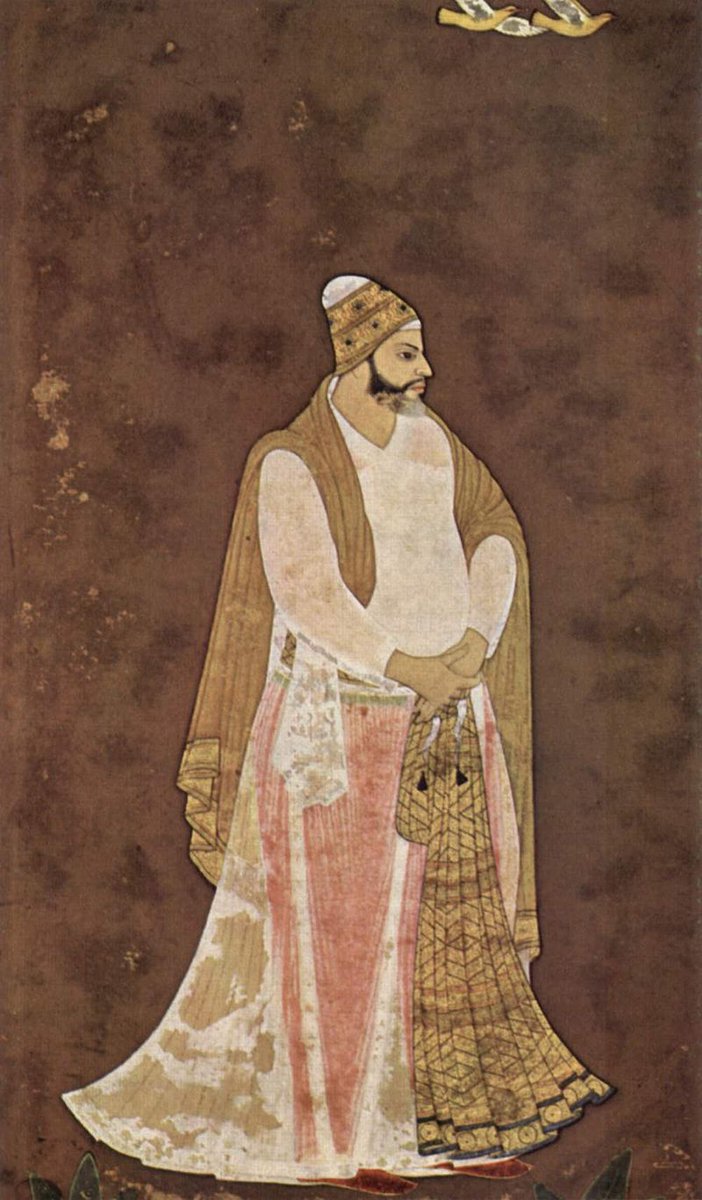
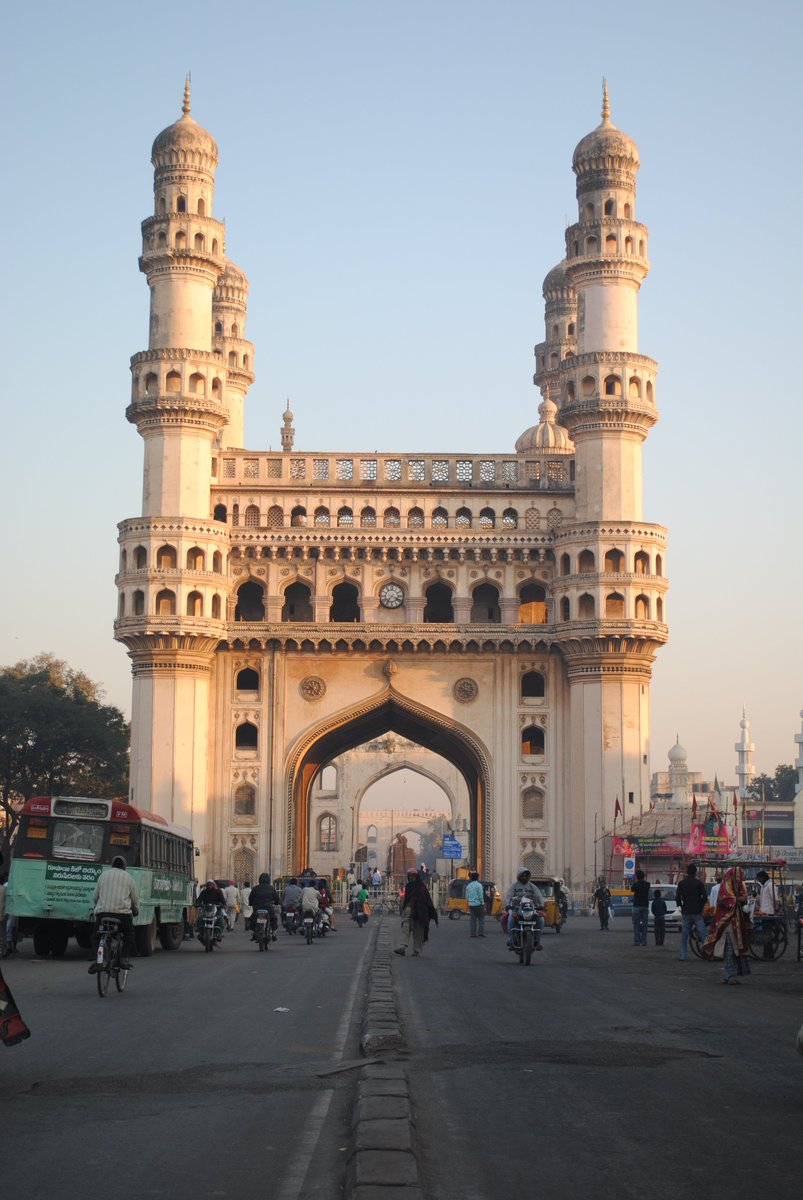




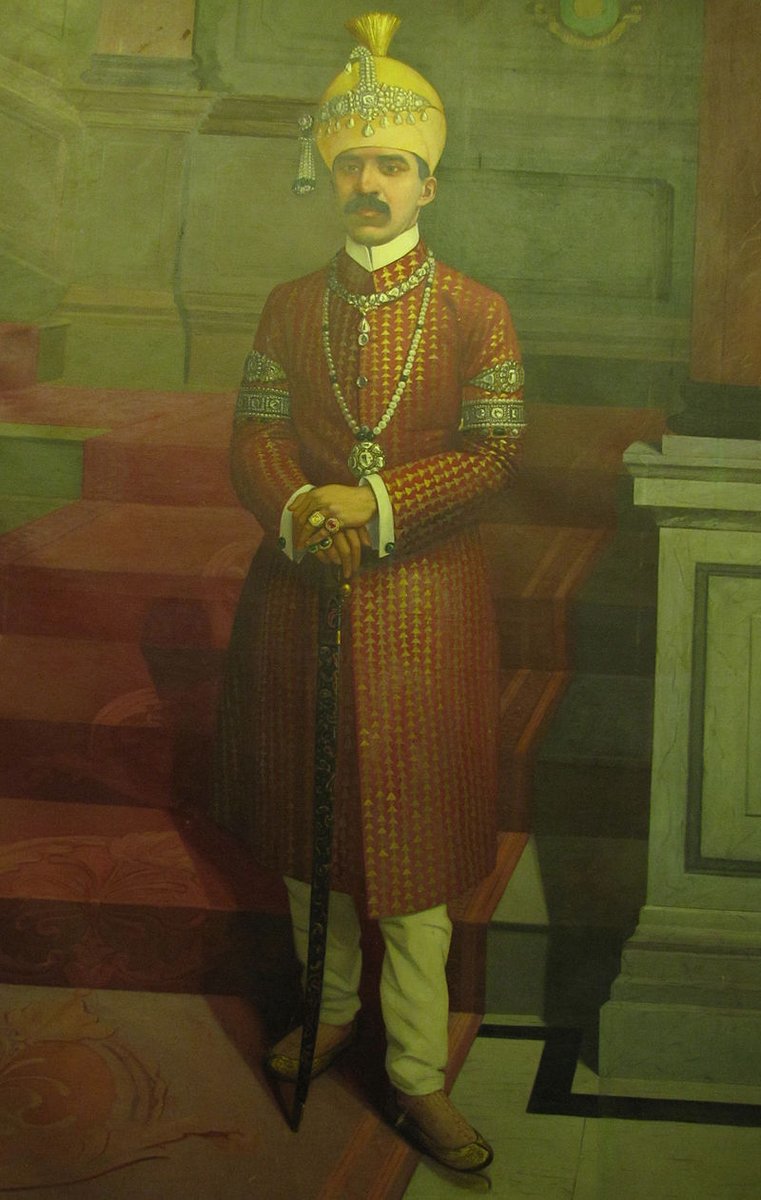
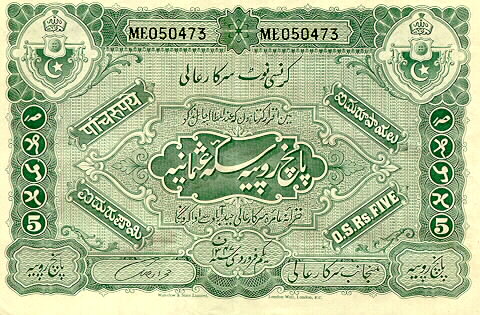
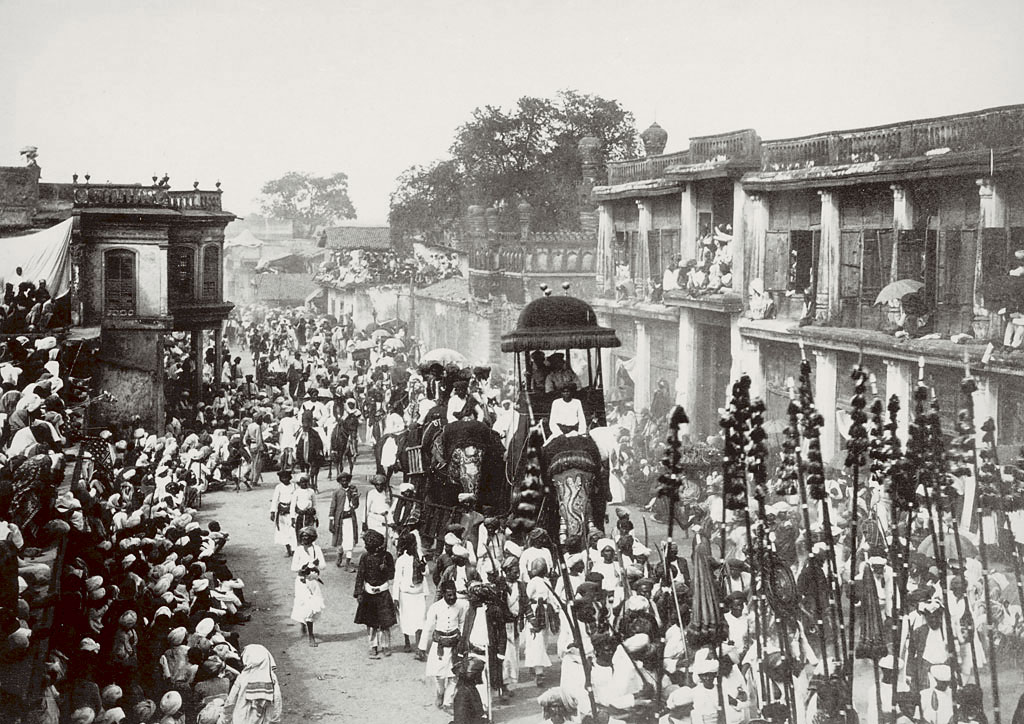









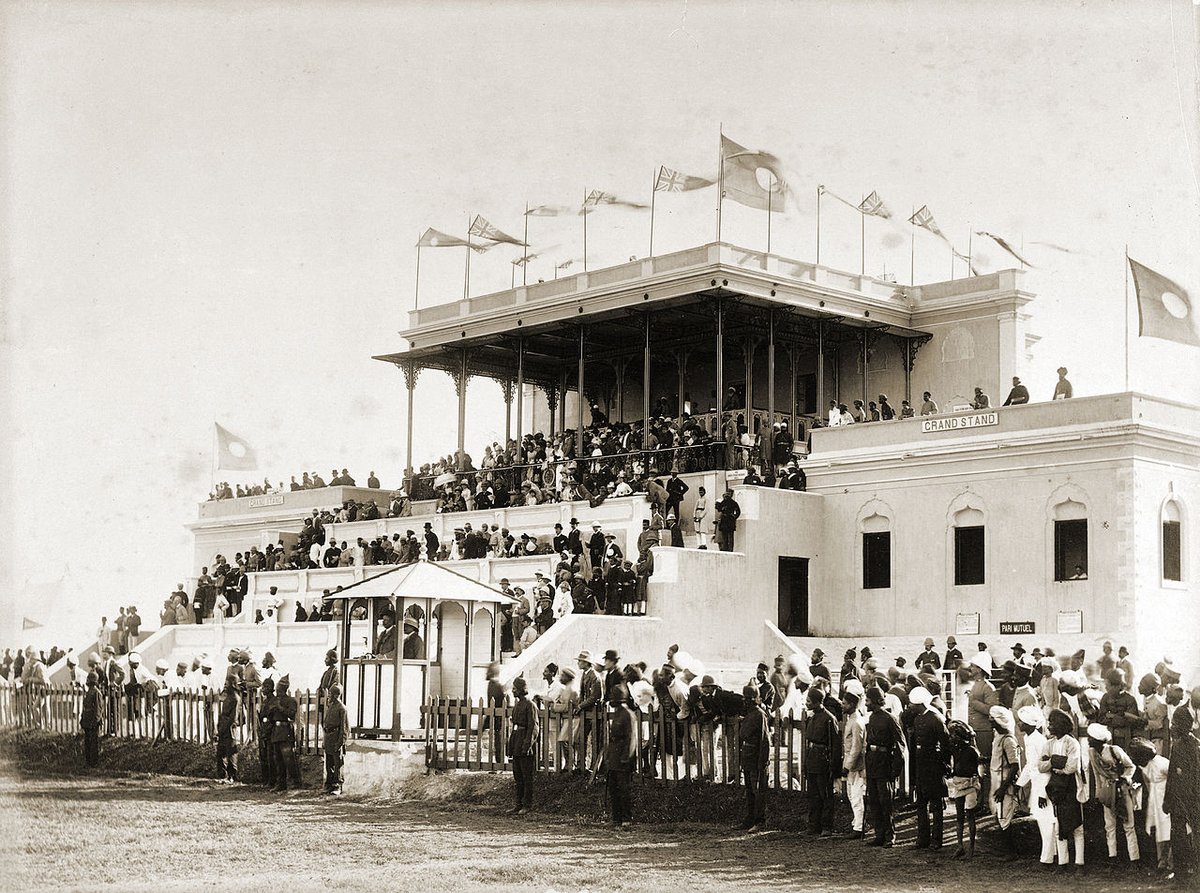
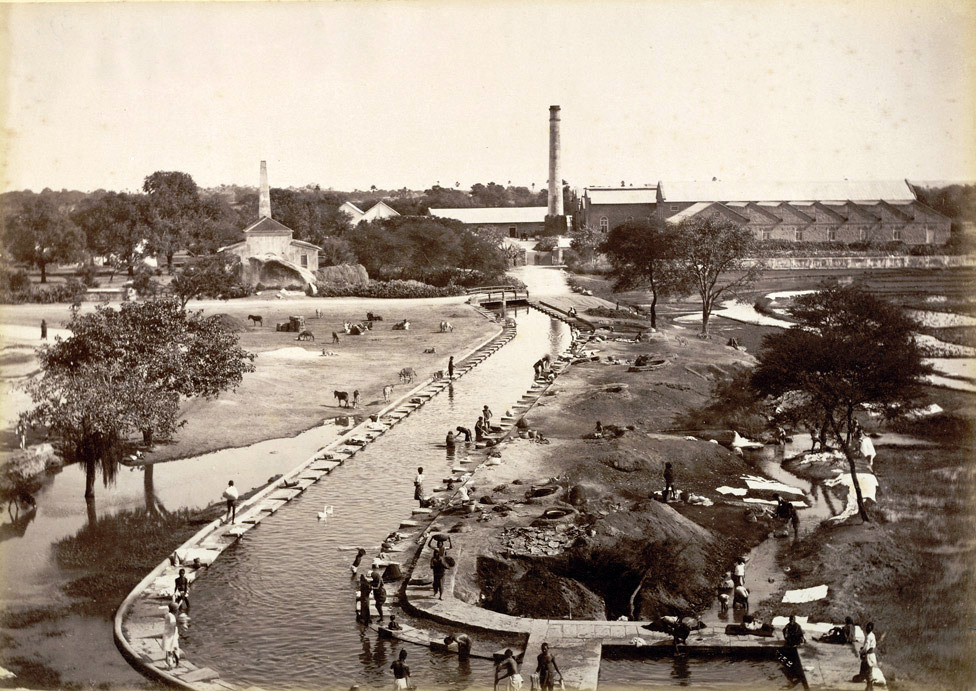

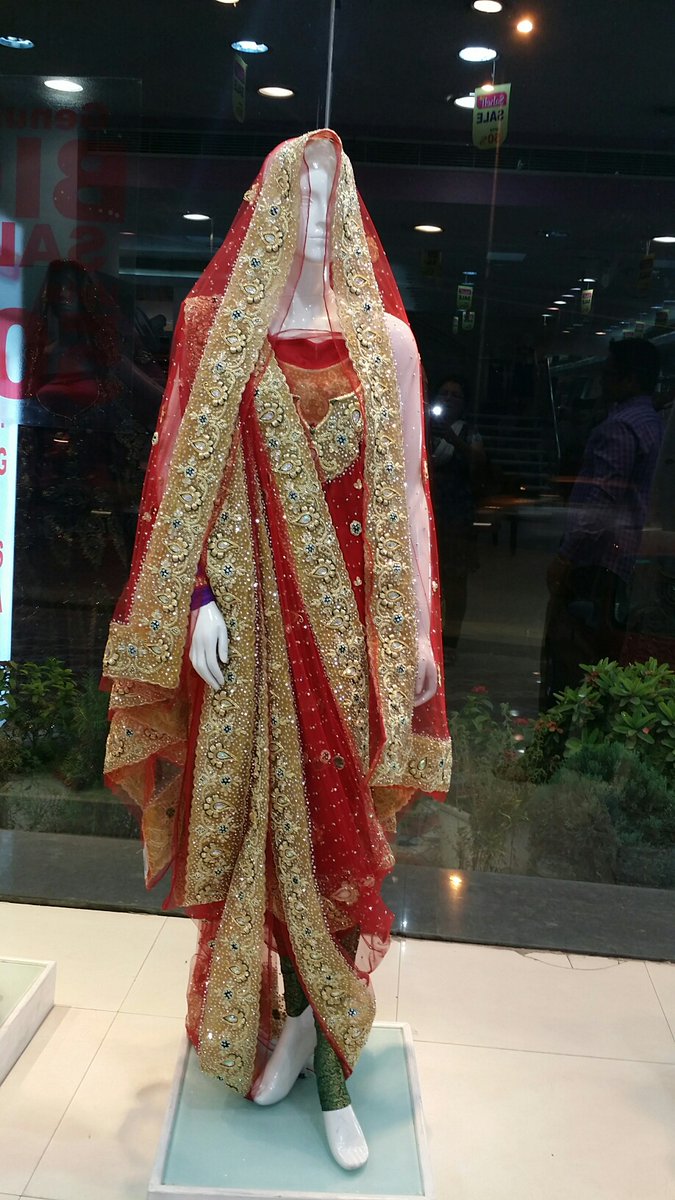
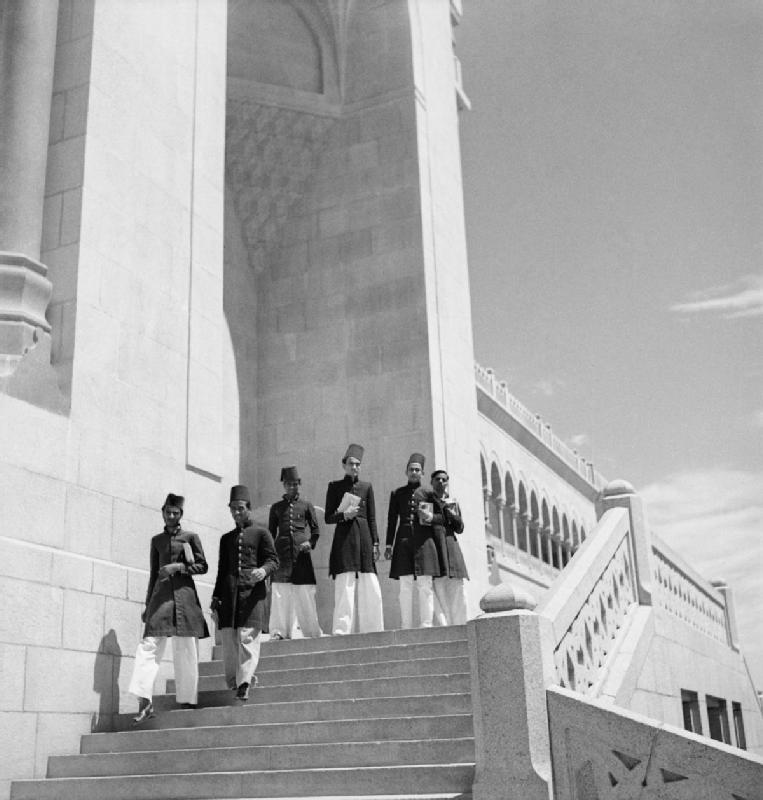
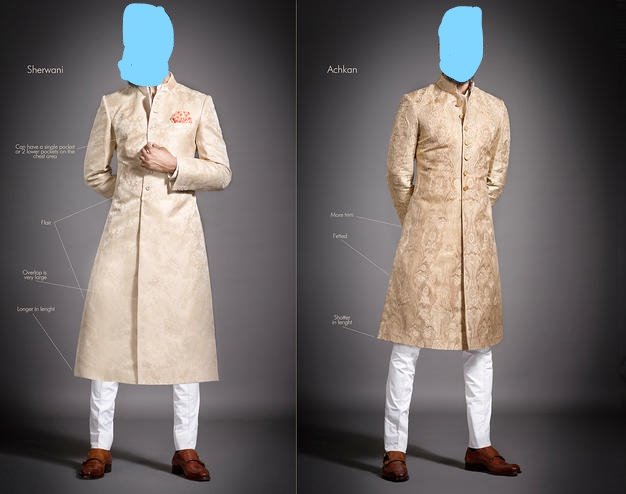

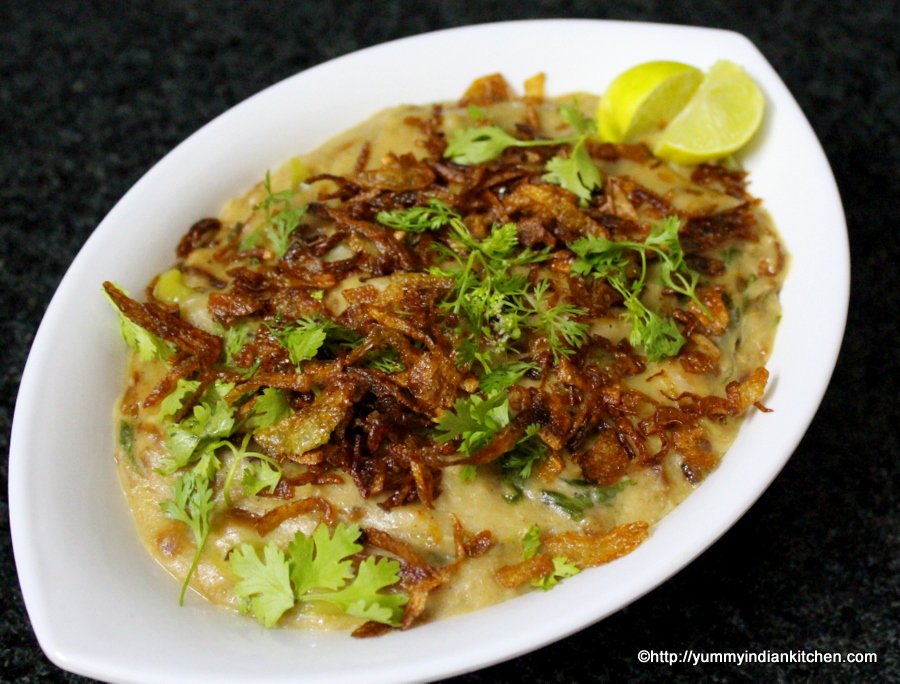
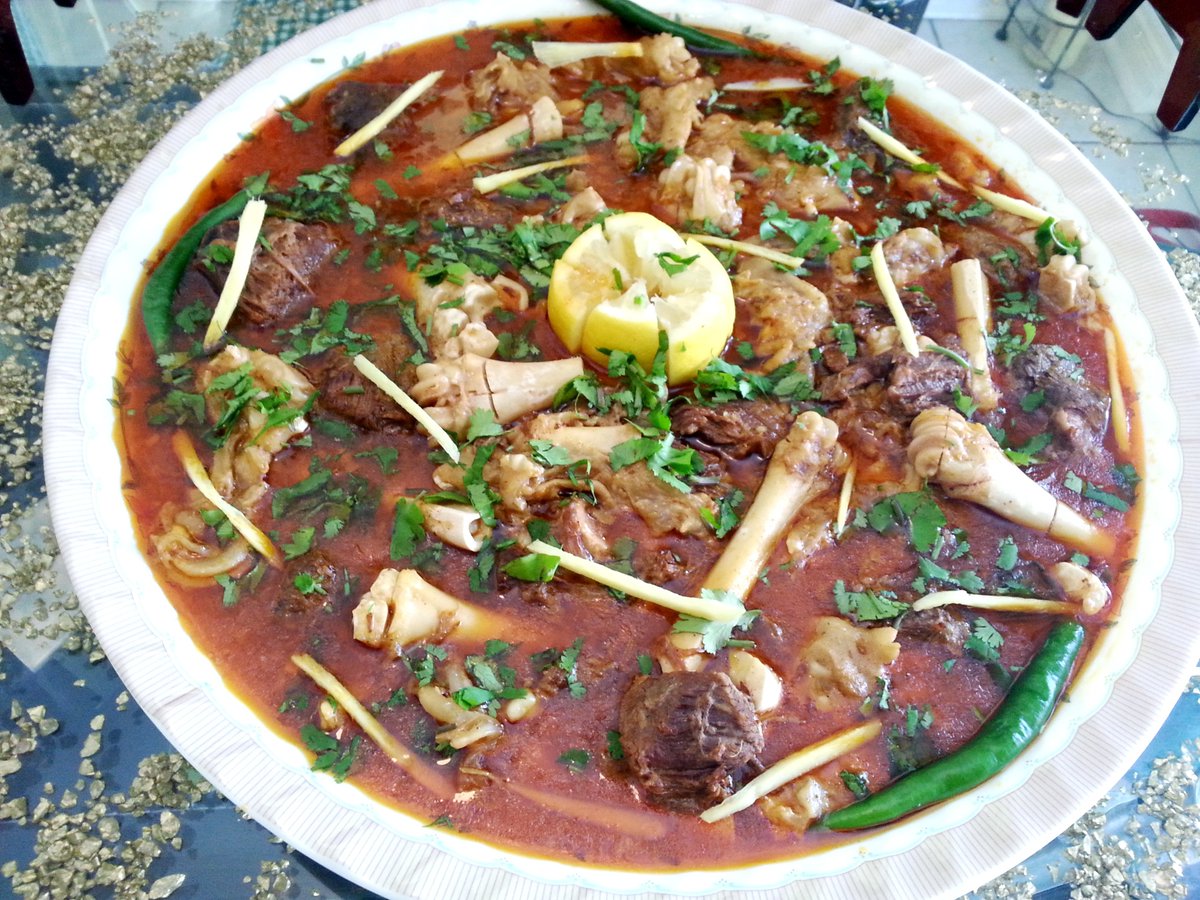
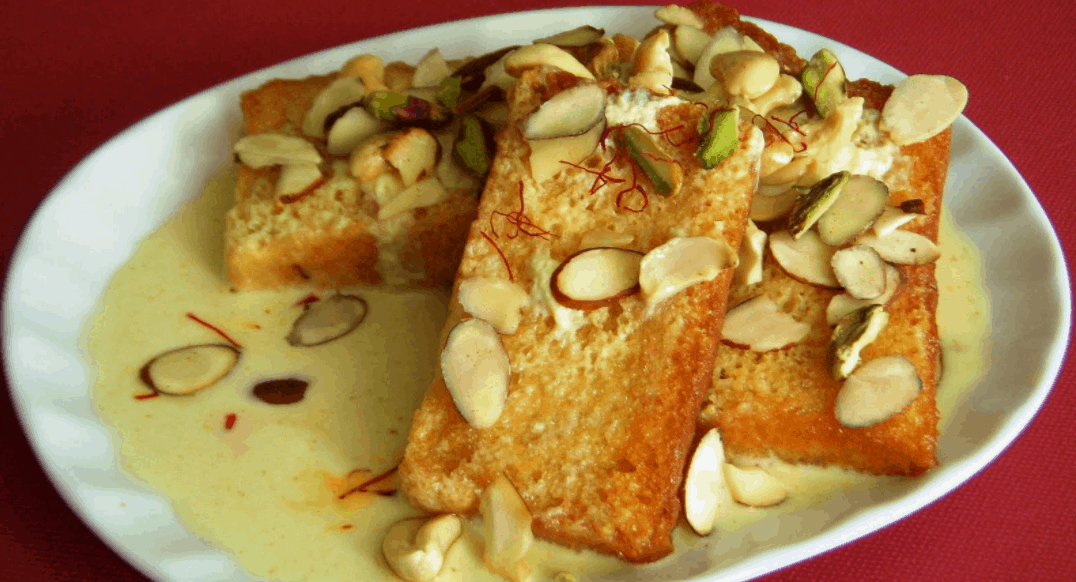

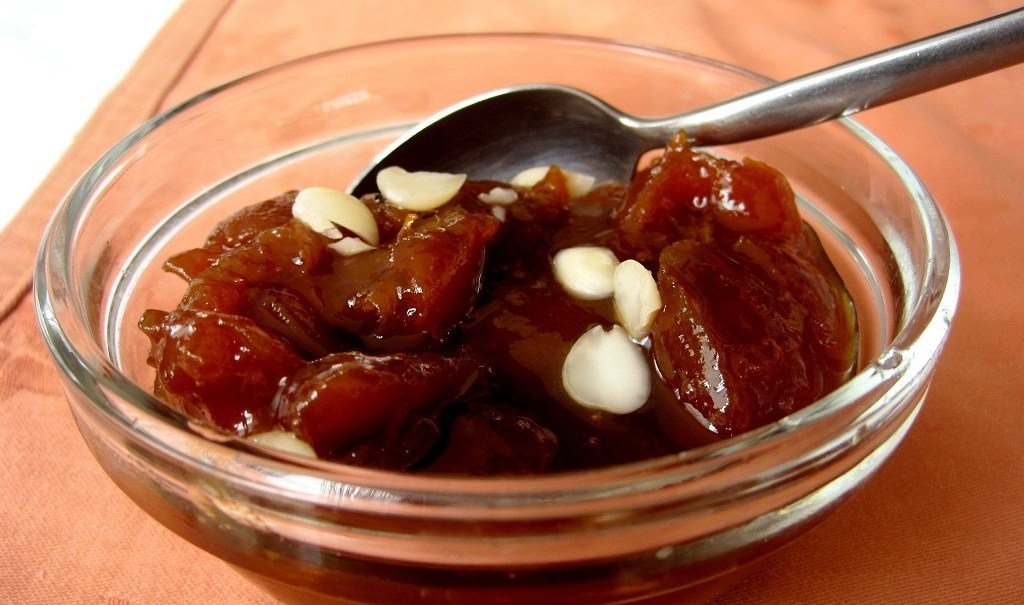


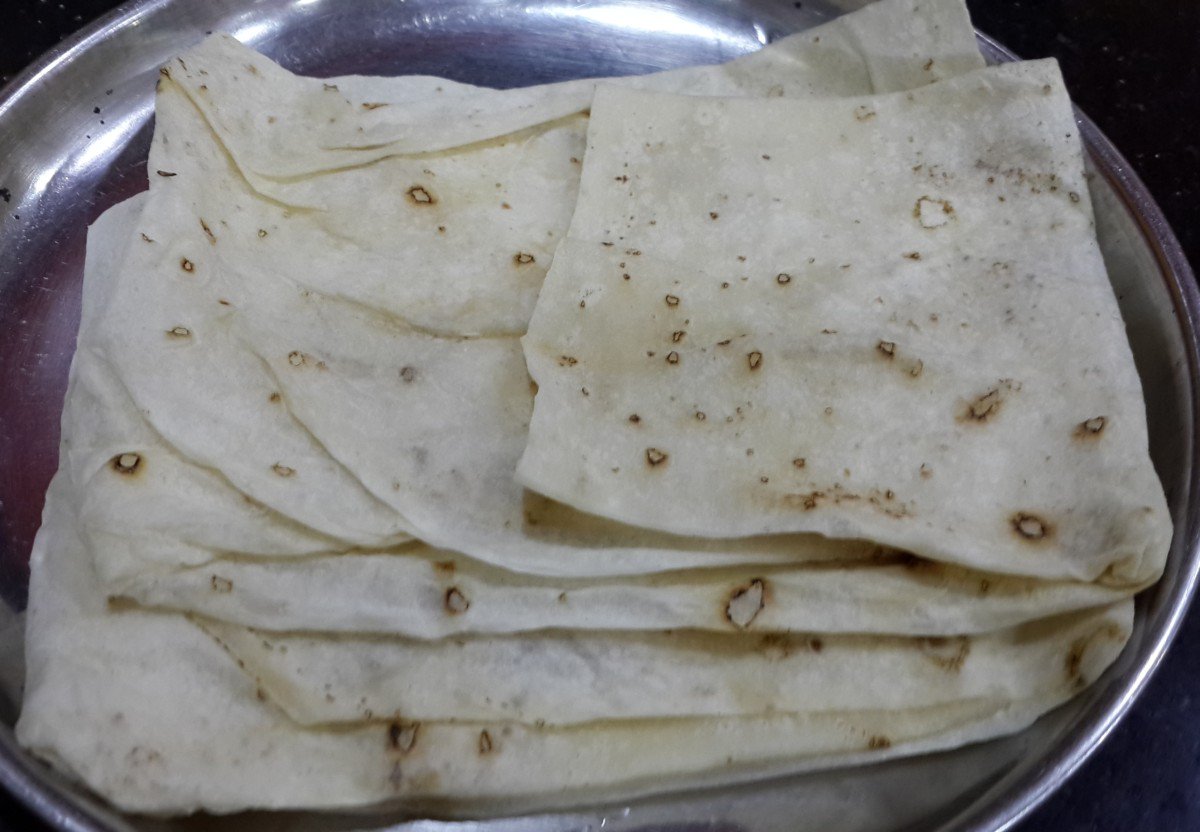

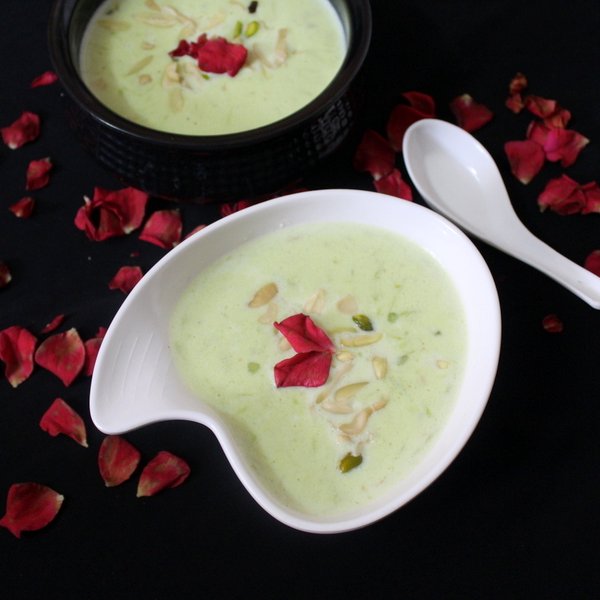
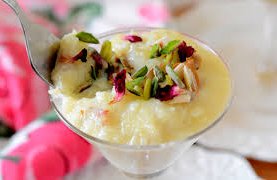

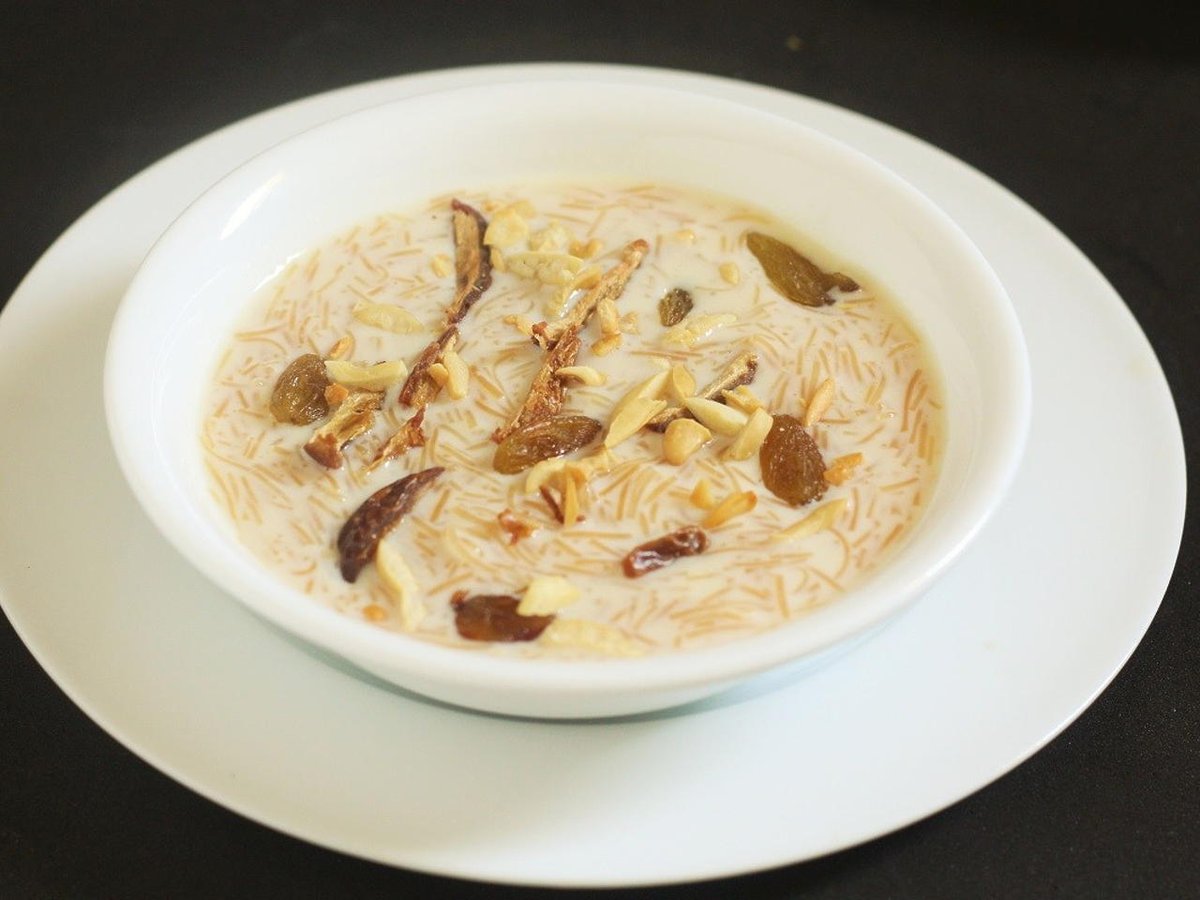

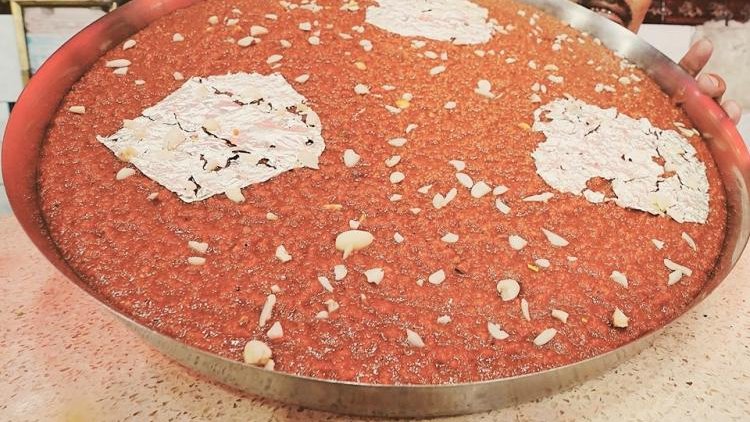
![Stuff we didn& #39;t invent But is found in Hyderabad. 1. Marag (can& #39;t have a wedding without one) 2. Mandi 3. Harees (sweet, unlike haleem [spicy]) 4. Tahari (basically mutton pulao, but rice and meat is cooked together)& many more... Stuff we didn& #39;t invent But is found in Hyderabad. 1. Marag (can& #39;t have a wedding without one) 2. Mandi 3. Harees (sweet, unlike haleem [spicy]) 4. Tahari (basically mutton pulao, but rice and meat is cooked together)& many more...](https://pbs.twimg.com/media/ERy4aPWWoAAFIww.jpg)
![Stuff we didn& #39;t invent But is found in Hyderabad. 1. Marag (can& #39;t have a wedding without one) 2. Mandi 3. Harees (sweet, unlike haleem [spicy]) 4. Tahari (basically mutton pulao, but rice and meat is cooked together)& many more... Stuff we didn& #39;t invent But is found in Hyderabad. 1. Marag (can& #39;t have a wedding without one) 2. Mandi 3. Harees (sweet, unlike haleem [spicy]) 4. Tahari (basically mutton pulao, but rice and meat is cooked together)& many more...](https://pbs.twimg.com/media/ERy46H8XkAAudxr.jpg)
![Stuff we didn& #39;t invent But is found in Hyderabad. 1. Marag (can& #39;t have a wedding without one) 2. Mandi 3. Harees (sweet, unlike haleem [spicy]) 4. Tahari (basically mutton pulao, but rice and meat is cooked together)& many more... Stuff we didn& #39;t invent But is found in Hyderabad. 1. Marag (can& #39;t have a wedding without one) 2. Mandi 3. Harees (sweet, unlike haleem [spicy]) 4. Tahari (basically mutton pulao, but rice and meat is cooked together)& many more...](https://pbs.twimg.com/media/ERy4862XYAAsimL.jpg)
![Stuff we didn& #39;t invent But is found in Hyderabad. 1. Marag (can& #39;t have a wedding without one) 2. Mandi 3. Harees (sweet, unlike haleem [spicy]) 4. Tahari (basically mutton pulao, but rice and meat is cooked together)& many more... Stuff we didn& #39;t invent But is found in Hyderabad. 1. Marag (can& #39;t have a wedding without one) 2. Mandi 3. Harees (sweet, unlike haleem [spicy]) 4. Tahari (basically mutton pulao, but rice and meat is cooked together)& many more...](https://pbs.twimg.com/media/ERy5CYcWsAEmLDF.jpg)
